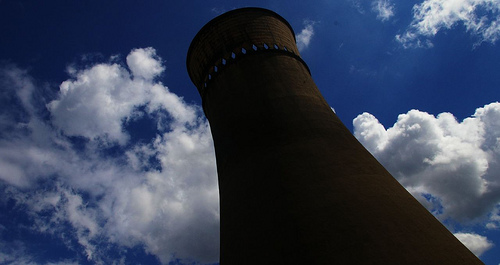
Tinsley Cooling Towers, Sheffield - Icons of England
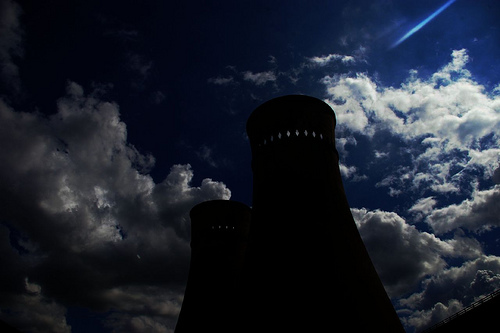
Tinsley Cooling Towers, Sheffield - Icons of England
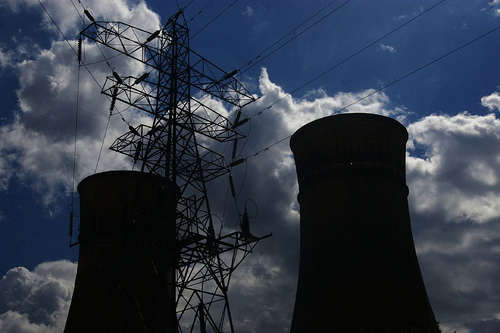
Tinsley Cooling Towers, Sheffield - Icons of England
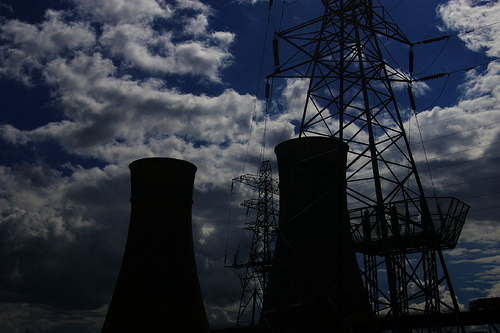
Tinsley Cooling Towers, Sheffield - Icons of England
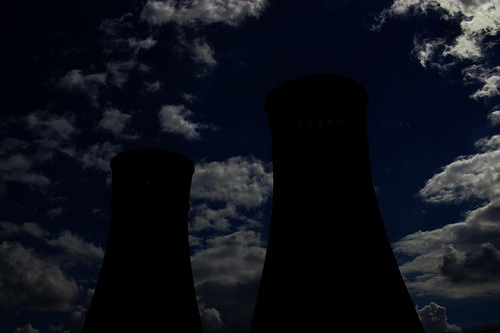
Tinsley Cooling Towers, Sheffield - Icons of England
To the plan, we feel a meet on the 9th Aug 08 could be a cool idea, now we ask you to contact us for time location and the rest of our thoughts, you never know who could reading.
We need more than six people to make this happen no more than 12, as getting that lot to where we need them to be could prove a little hard.
Only people who are calm relaxed and cool please, as this is a direct action assault on the cooling towers with an aim of getting some media coverage and just fucking off E-ON and there rudeness and inconsideration at the demolition of a Sheffield Landmark.
If you are up for a little bit of Direct Action, a desire to get some images plus make a point then contact us..
HISTORY
Blackburn Meadows electricity generating station was built by the Sheffield Corporation in 1921,mainly to support the steel industry in the Lower Don Valley. The station was expanded in the 1930s, requiring the construction of Cooling Towers 6 and 7 in 1937-8 to supplement earlier square cooling towers to the north east.
These new hyperbolic shaped towers were designed by LG Mouchell and Partners. This was the same partnership responsible for the first hyperbolic cooling towers in the country (built in Liverpool in 1925) and some 150 towers subsequently built across the United Kingdom. Blackburn Meadows was one of those power stations nationalised to form part of the National Grid after the Second World War. It was decommissioned and mainly demolished in the 1970s.
ASSESSMENT
The Blackburn Meadows cooling towers are nationally rare surviving remains of pre-nationalisation large scale electricity generation. They are thought to be the only pre-1950 hyperbolic cooling towers surviving nationally, with nearly all the other 500 or so towers in the country dating to 1960or later. In addition to their early date, the association with LG Mouchell, the design features such as the banding and the thinness of the shell all give the towers interest. The addition of the spray coating of concrete following the 1964 disaster at Ferrybridge adds further interest by showing a development in the industry.
Even without the clouds of steam that signify operational examples, the cooling towers are also very prominent landmark features, providing a visual indication of the former scale and importance of the Sheffield steel industry in the Lower Don Valley.
However the two hyperbolic cooling towers are just one component of an extensive complex that formerly existed. The plant at Blackburn Meadows generated electricity by using steam turbines to turn electric generators, with the steam produced using coal fired boilers, the coal supplied by rail.
The railway system, coal handling plant, boiler complex, turbine and generating halls, as well as the switchgear for connecting the plant to the electricity grid and the earlier square cooling towers have all been lost. Water used by the steam turbines would have been maintained within a closed system, the steam leaving the turbine then passing through a condenser to change it back to hot water before being reboiled to produce steam to turn the turbine.
The cooling towers were used to cool water circulating in a separate system that was used to cool the condensers other equipment.
With the demolition of the rest of the generating station, the surviving cooling towers have lost their context so it is difficult to see how they functioned as an integrated part of a much wider plant.
Functionally, cooling towers still in use consist of far more than just the shell of the tower that survives at Blackburn Meadows. In operation, water is piped into the lower portion of the cooling tower into a complex network of pipes or troughs ending with sprinklers.
A fine mist of water is then sprayed on to a timber or asbestos lattice of staging and screens filling the lower 4-5m of the tower, with the water being cooled via natural evaporation aided by air being drawn upwards by the tower above. Any water droplets carried by this updraft are intercepted by a layer of louvers positioned above the sprinklers. In addition, operational cooling towers have a network of maintenance access ways. All bar one pipe in one of the towers has been stripped out from the
cooling towers at Blackburn Meadows, leaving very little indication of how the towers actually functioned.
The Blackburn Meadows cooling towers are thus not only a very partial survival of an electricity generating station, they are also only a very partial survival of a pair of cooling towers. Even given the national context of the highly fragmentary survival of the pre-nationalisation power generation industry, designation of the Blackburn Meadows cooling towers cannot be justified.
The rest of the generating station has been lost, depriving the towers of their functional context and the loss of pipe work, staging, screens and access ways means that a highly significant part of the interest of the towers as cooling towers has also been lost.
www.tinsley-towers.org.uk/pages/english_heritage.pdf

 e-mail:
e-mail:
 Homepage:
Homepage:

Comments
Display the following comment